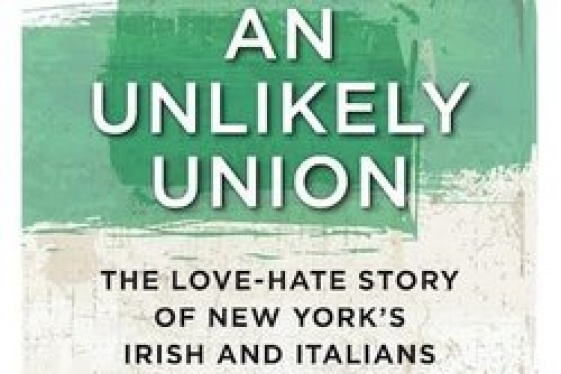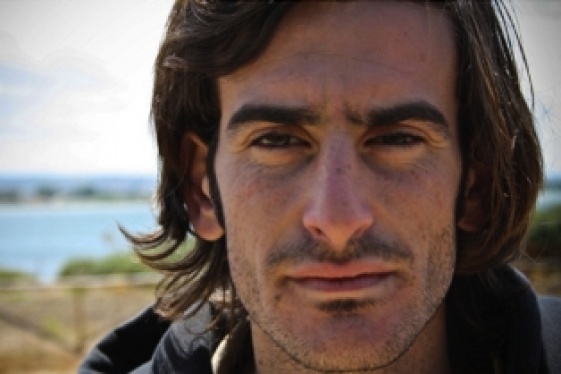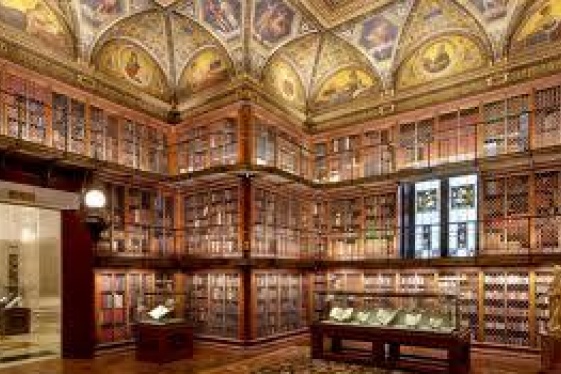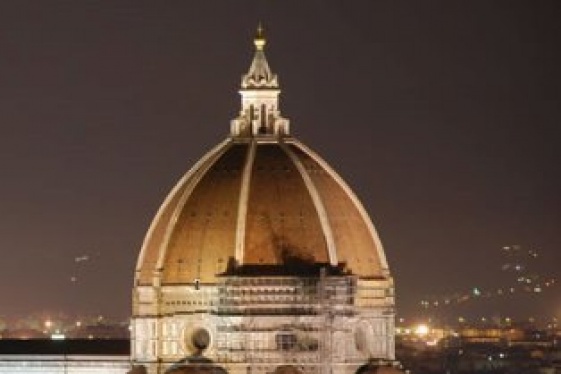
Italian Interdisciplinary Modernism

Our first workshop took place at the Casa Italiana Zerilli-Marimò on Friday 22 February. The morning session had three position papers which addressed in different ways the potential and challenges of interdisciplinary approaches in the study of some discreet aspects of Italian modernism.
Since the lectures were recorded on video and will be available soon, the following summary of the day's events constitutes a personal response rather than a more formal record of the proceedings. Let's start with Prof. David Forgacs's talk 'Disciplines, Arts, Industries, Technologies, Spaces'.
David gave us a very thought provoking presentation, which echoed what some of the members of our advisory board said in our November 2012 meeting by reminding us that interdisciplinary is not always a good thing. The relationship between the arts (which many of us see as one of the fundamental contributions to the artistic debate and art practices of Italian modernism) looks different if one looks at it from the point of the view of the academic researcher or from that of the educator. David stressed the importance of well trained people in different disciplines coming together as opposed to the absence of disciplinary boundaries per se, and shifted the emphasis on the type of disciplinary training that is needed in order to make interdisciplinary connections. The existing disciplinary boundaries were indeed a real concern for some of the Italian Futurists, especially if we think about the Futurist critique of academic artistic training which is where interdisciplinary work truly happened. David also addressed the issue of the Italian (but probably not peculiarly Italian) anxiety about backwardness which is the backdrop against which ideas of modernity were projected. I was very interested in the point he made about the way Italian modernism was fashioned and its complex links with tradition, since tradition was of course mostly excluded but also at times reinstated as part of the idiom of Italian modernity.
Technological changes (the literally and metaphorically wireless—senza fili—technology embraced by the Futurists), new art forms (especially cinema as the eminently inter-artistic medium of the time) and the role of the cultural industries as mediators between artists and the public/political space reminded me of the need to address modernism from multiple perspectives and to place the art and the artist firmly within the new spaces created by modernity. The move away from the cafe society of interwar Italy and the world of the riviste (the literary and art journals which were so influential in shaping Italian intellectuals at the time) to one of radio, tv and mass motoring in the postwar period produced new Italian intellectuals who were not anymore self-contained outsiders but found their space within the cultural industries and academia.
It seems fitting to mention a final point raised by David's lecture to conclude this first posting. A great part of the period under examination (we set the years 1900-1940 as our chronological focus) witnessed strict cultural control raising the issue of the scope of interdisciplinarity under Fascism.
In the next posting you will find a more on the other papers in the morning session and further ideas and points for discussion which came out of the small working groups in the afternoon session. We hope you will keep reading and contributing to our blog.
You may be interested
-
An Unlikely Union: The love-hate story of Ne...
Award-winning author and Brooklynite Paul Moses is back with a historic yet dazzling sto...
-
Cathedral of St. John the Divine, Oratorio S...
For the first time ever, The Cathedral of St. John the Divine, in collaboration with the O...
-
Davide Gambino è il miglior "Young Italian F...
Si intitola Pietra Pesante, ed è il miglior giovane documentario italiano, a detta della N...
-
Garibaldi-Meucci Museum to Celebrate Ezio Pi...
On Sunday, November 17 at 2 p.m., Nick Dowen will present an hour-long program on the life...
-
Italian Master Drawings From The Morgan (Onl...
The Morgan Library & Museum's collection of Italian old master drawings is one of the...
-
Italian Women Trailblazers - Young Professio...
April 16, thursday - 6,30 EDTAzure - New York, NY - 333 E 91st St, New York 10128Tick...
-
La Befana makes her way to the Garibaldi-Meu...
Saturday, January 10at 2:00pm - 4:00pm, Garibaldi-Meucci Museum 420 Tompkins Ave, Staten I...
-
Lecture and Concert that bring Italy to New...
Saturday, february 28 - 7 pm ESTChrist & Saint Stephen's Church - 120 W 69th St,...










